Standing at the forefront for forty years, Shenzhen’s meteorology has injected surging power into the construction of smart cities.
China Meteorological News reporter Ding Jiwu correspondent Tang Li Cai Ran
"At 14 o’clock on the 17th, the center of tropical depression is located on the ocean surface about 790 kilometers southeast of Shenzhen, and our station has issued a white warning signal for typhoon …" At 16: 30 on August 17th, Shenzhen Meteorological Observatory released tropical depression information.
On the 18th, the tropical depression in the South China Sea was strengthened into the No.7 typhoon "Haigaosi" this year. At 11: 00 that day, the Shenzhen Meteorological Early Warning and Forecasting Center issued a typhoon risk warning message to the whole city.
Heavy rain poured down, including subway line 6 and "north-south artery" line 10 with 15 elevated stations and 12 underground stations. Two subway lines, which can be called "science and technology lines" of the city, were opened to traffic on this day.
"The operation is stable and has not been affected by the typhoon." Xunsheng Chen, director of Dispatching Room 2 of Shenzhen Metro Dispatching Center, told the reporter. "The weather warning reaches the subway operation command center in seconds, so that we can calmly cope with every weather test."
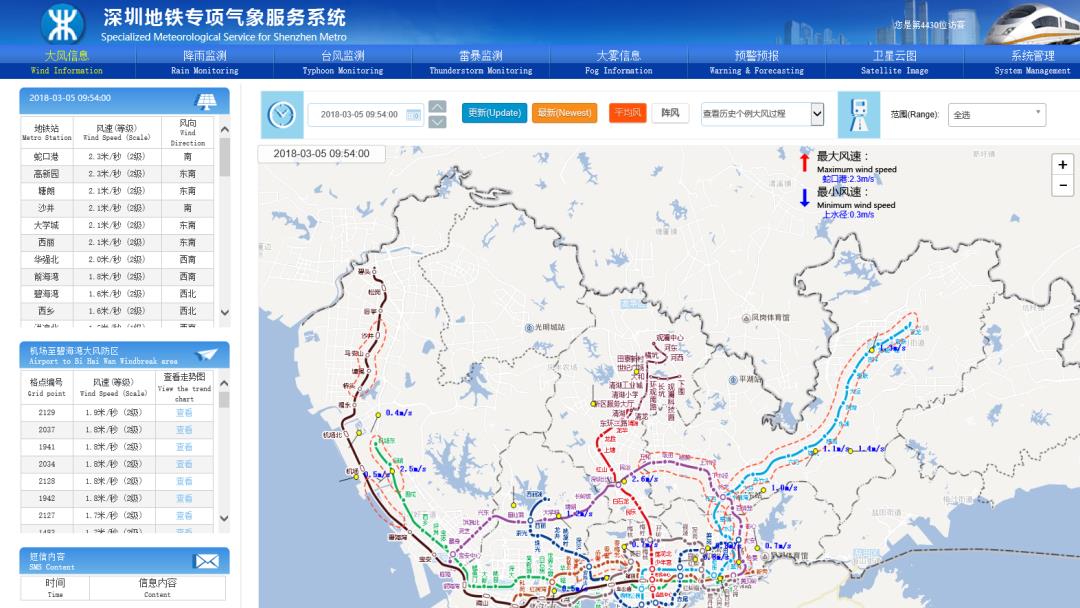
Special Meteorological Service System of Shenzhen Metro
As early as 2010, Shenzhen Meteorological Bureau established a real-time online subway intelligent meteorological station with the subway industry as a pilot. After 10 years of operation, Shenzhen has not only built the online subway intelligent meteorological observatory into a benchmark for domestic peers, but also achieved full coverage of meteorological support services in eight lifeline industries, including transportation, water supply, power supply, gas supply and sea area. The coverage rate of urban meteorological safety special services in key units is 100%.
Smart city, guarded by wisdom. Today, the public safety information distribution chain in Shenzhen has achieved vertical connection with the national and provincial levels, and connected 22 categories and 39 items of information such as natural disasters, public health and accidents in 10 (new) districts and 15 departments of the city, which can complete the information distribution operation of 12 types of channels within 3 minutes with one click.
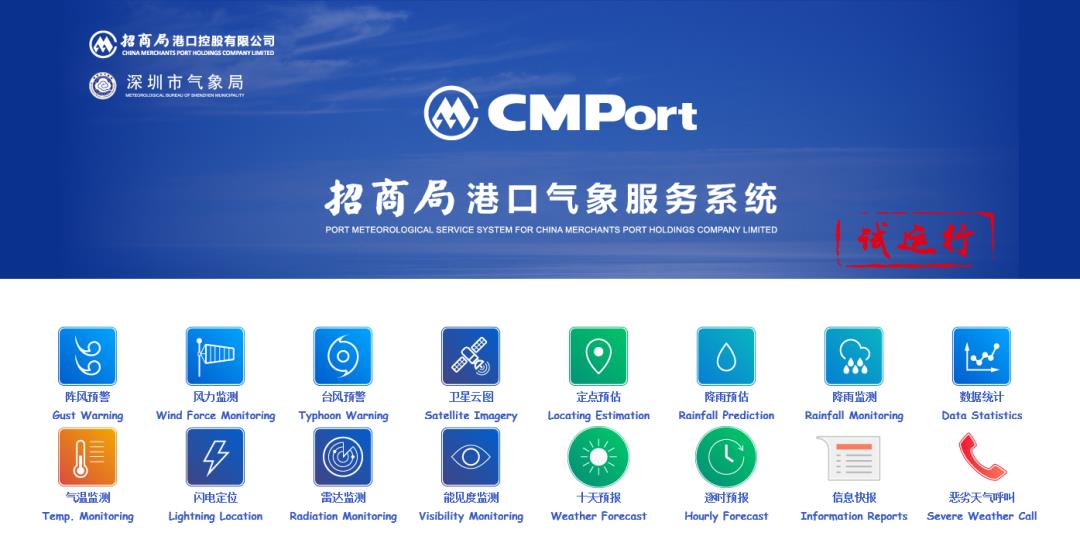
Shenzhen Port Meteorological Service System
Integrate into smart cities and make early warning information run faster.
On the 40th anniversary of the establishment of Shenzhen Special Economic Zone, the construction of Guangdong-Hong Kong-Macao Greater Bay Area and the construction of Socialism with Chinese characteristics Pioneer Demonstration Zone in Shenzhen were rolled out in an all-round way and advanced in depth. Accelerate the in-depth application of digital technology and speed up the running under the digital wave. Shenzhen is sketching out the map of "smart city" with scientific and technological brushstrokes, and the first demonstration is full of enthusiasm.
The improvement of the intelligent level of urban modernization promotes the integration of meteorology into urban development, and also injects new kinetic energy into meteorological reform and development. In the past 40 years, Shenzhen Meteorological Bureau has implemented the requirements of the municipal party committee and municipal government that "the new era is at the forefront, and the new recruits are brave to be the leading soldiers", and has always adhered to the central task of integrating into the overall large-scale network of China Meteorological Bureau to ensure the economic and social development of the SAR and the safety of the city. With the spirit of reform, innovation, opening up and sharing, Shenzhen has continuously optimized its system and mechanism and explored the meteorological development path with Shenzhen characteristics. In recent years, around the requirements of "two-zone" construction, 74 refined service products in seven categories have been launched, which are fully integrated into the construction of smart cities, and the data of urban lifeline industries and meteorological sensitive industries have been introduced, so that meteorological services can be managed by cities and industries. Go out safely.

Meteorological data is integrated with the data of urban lifeline industry and meteorological sensitive industry, and the ability of refined meteorological service is improved.
Around 2012, the population of Shenzhen exceeded 20 million. How to improve the timeliness of meteorological disaster early warning information and expand the information coverage has become a necessary question. It is not easy to answer this question well: as one of the regions with the highest degree of openness and the strongest economic vitality in China, with high-density passenger flow and high-efficiency economic and social activities, the climate effect caused by urbanization is likely to cause frequent extreme weather in Shenzhen, which directly affects the safe development of the city; On the other hand, the urban expansion and population explosion have given birth to new demands for meteorological services in public safety, economic development and environmental protection.
Develop difficult problems and innovate to make a fuss. Shenzhen Meteorological Bureau reconstructed the early warning short message publishing system based on the concept of "internet plus" and big data, which can cover 22 million users including roaming users within one and a half hours, and the public coverage rate of early warning information has also increased from 80% in 2012 to 100% in 2019.

Shenzhen’s "two micro-ends" intelligent meteorological service
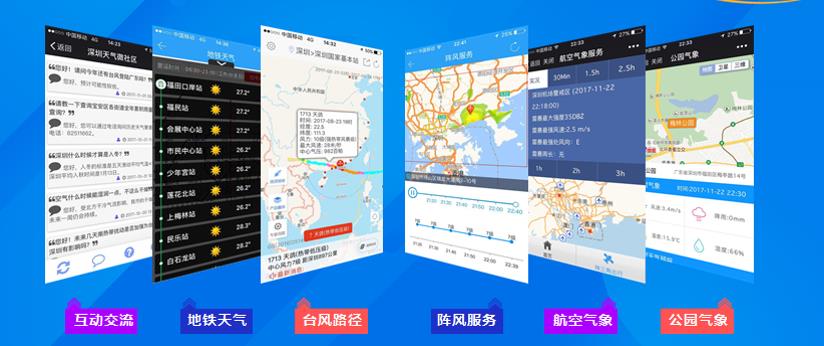
Shenzhen Meteorological Bureau provides diversified meteorological service products for the public.
Practice the pioneering spirit and coordinate with the pace of urban development
From 2012 to 2019, Shenzhen maintained the "double first" in Guangdong Province for eight consecutive years in terms of meteorological modernization evaluation and public meteorological service satisfaction evaluation.
Let the people living in this land enjoy the best meteorological service, which is the clear goal of the high-quality development of Shenzhen’s meteorological cause-people-centered, ensuring urban disaster prevention and mitigation, management and governance, and meeting the needs of citizens for personalized meteorological services. Adhering to this initial intention, in the past 40 years, meteorological workers in Shenzhen have demonstrated their pioneering spirit to the fullest.
History will never forget the changes caused by two heavy rains in 1993.
From June 16 to 17, 1993, the continuous heavy rain caused waterlogging in many places in Shenzhen, and the city stopped for a time; On the evening of September 25th, the rainstorm didn’t stop all night, with 130,000 people affected by the disaster and a direct economic loss of 764 million yuan.
Two consecutive rainstorms in a year have had a great impact on Shenzhen. At that time, there were no cities in China that issued meteorological disaster warning signals, except for some coastal ports that hung coastal typhoon signals to defend against typhoons and strong winds at sea (mainly used by shipping and fishermen).
Make compensation for disasters with greater progress. In the second year, Shenzhen took the lead in launching the meteorological disaster early warning signal in China, and the first meteorological disaster early warning signal system in China was born. In 2005, the Emergency Plan for Meteorological Disasters in Shenzhen was issued, and it began to be integrated into the social governance system in 2010. The "Shenzhen Model" of meteorological disaster prevention and mitigation with four levels of linkage of city, district, street and community gradually took shape.
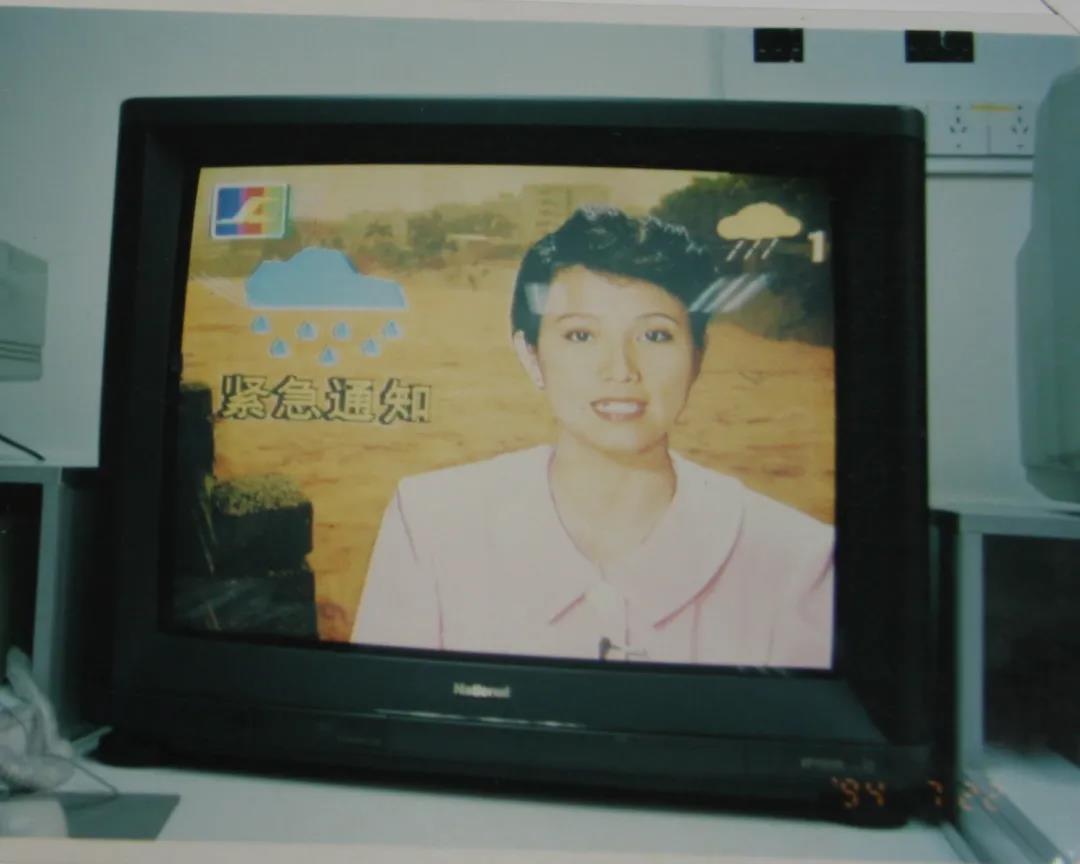
In 1994, Shenzhen first issued a rainstorm warning signal.
On July 18, 2007, Shenzhen launched the early warning of meteorological disasters, which is a brand-new attempt at home and abroad. Shenzhen is long and narrow from east to west, and the weather in different regions is very different. The practice of "unified forecasting, early warning in different regions, key tips and point-to-point broadcasting" has effectively improved the accuracy and coverage of early warning and forecasting, and has been included in the national meteorological modernization index reference project.
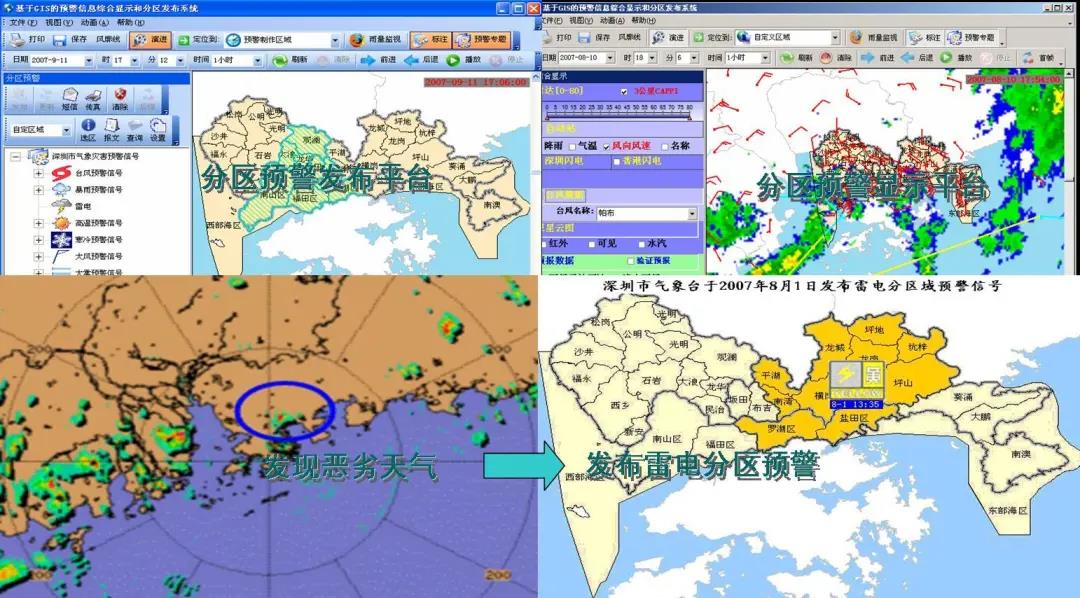
Zoning early warning system of meteorological disasters independently developed by Shenzhen Meteorological Bureau
In 2010, taking the opportunity of the guarantee of meteorological services for the Universiade, Shenzhen launched the 0-to 3-hour rainfall and temperature forecast in all streets of the city, and launched the first pilot project of standardization of meteorological services in China. This innovative attempt once again radiated the power of generate, and was named by China Meteorological Bureau as "Shenzhen Model of Fine Forecast Service for Big Cities", which was popularized throughout the country.
In 2019, the short-term extreme rainfall of "4.11" exposed the meteorological vulnerability of short-term defense boards and high-density cities. Drawing lessons from a bitter experience, the Municipal Meteorological Bureau and the Municipal Emergency Management Bureau jointly issued the Risk Warning of Major Meteorological Disasters in Shenzhen, which was updated year by year, marking the change from meteorological warning to risk warning. The Regulations on Issuing Meteorological Disaster Warning Signals in Shenzhen, which is planned to be revised in 2020, will further consolidate the linkage mechanism of grass-roots defense and the "four stops" mechanism of high-level early warning.
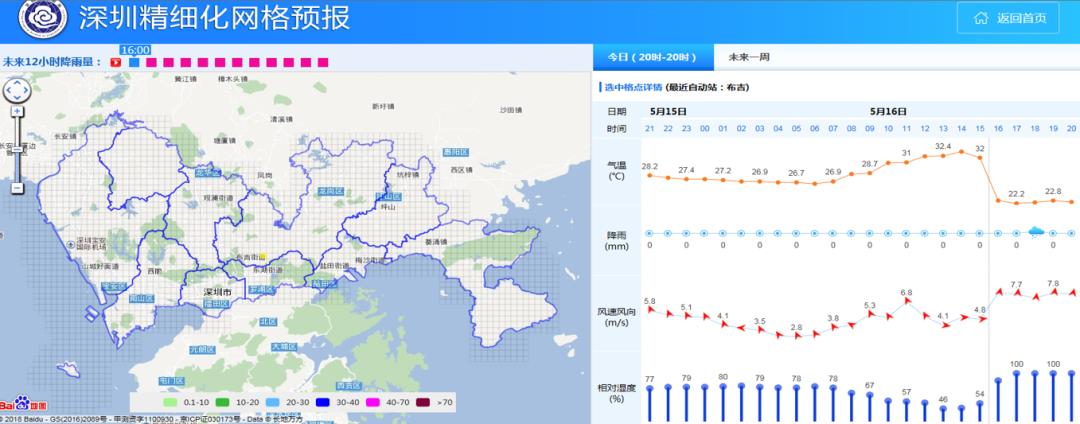
Shenzhen Fine Grid Forecasting System
Relying on the advantages of the industry, constructing the ecological chain of meteorological science and technology innovation
Dual-polarization weather radar, 365m meteorological gradient tower observation, urban canopy stereo observation, urban unit microclimate observation, space weather observation … Special monitoring strengthens foundation piles to improve the ability of urban precise meteorological disaster prevention and mitigation.
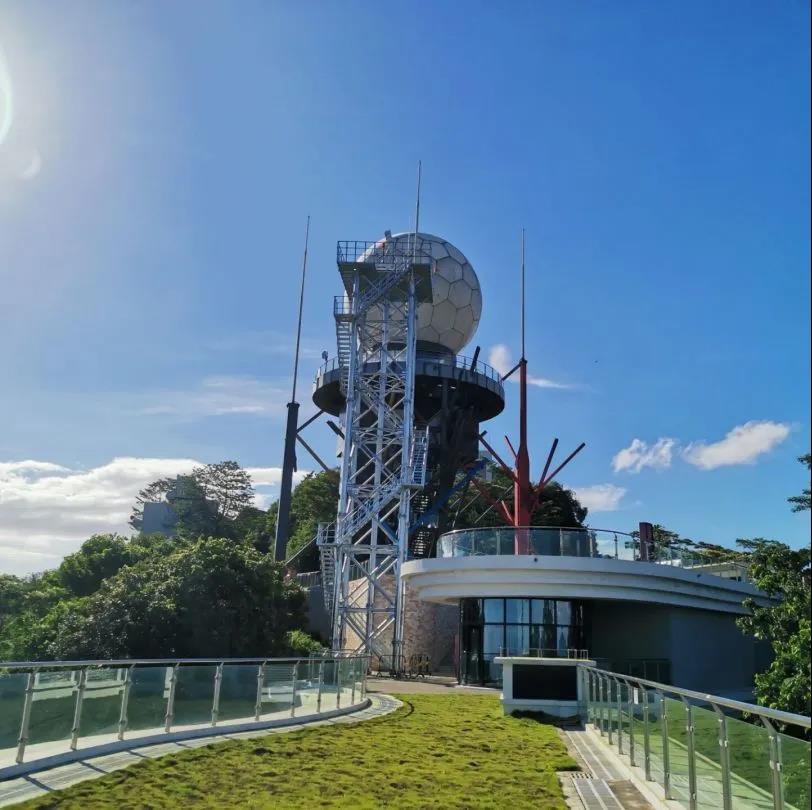
New generation dual polarization radar
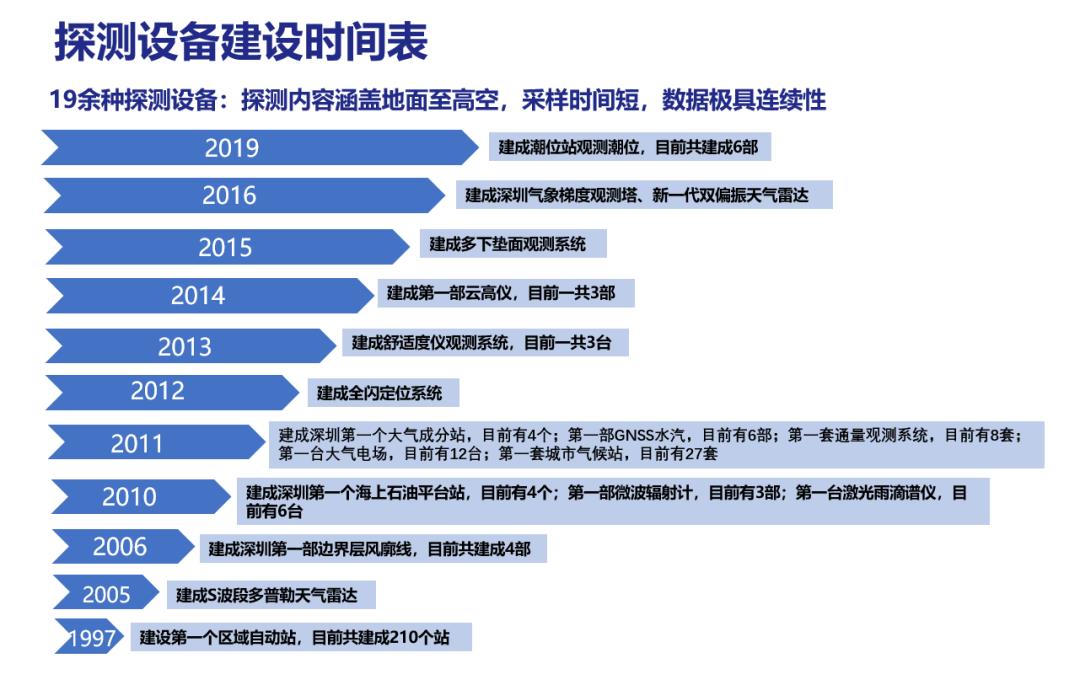
Construction schedule of meteorological detection equipment in Shenzhen
Shenzhen has actively integrated into the overall layout of the national meteorological industry and formed a "4+N" meteorological science and technology innovation model: Guangdong-Hong Kong-Macao Greater Bay Area Meteorological Monitoring and Early Warning Center, National Climate Observatory, Shenzhen Southern Key Laboratory of Strong Weather Research, CNAS Lightning Laboratory, and four scientific and technological engines support the high-quality development of meteorological undertakings in Shenzhen in the future; Establish strategic cooperative relations with "n" national business units and local high-tech enterprises, and draw wisdom and leverage to jointly integrate the latest scientific and technological achievements into meteorological applications.
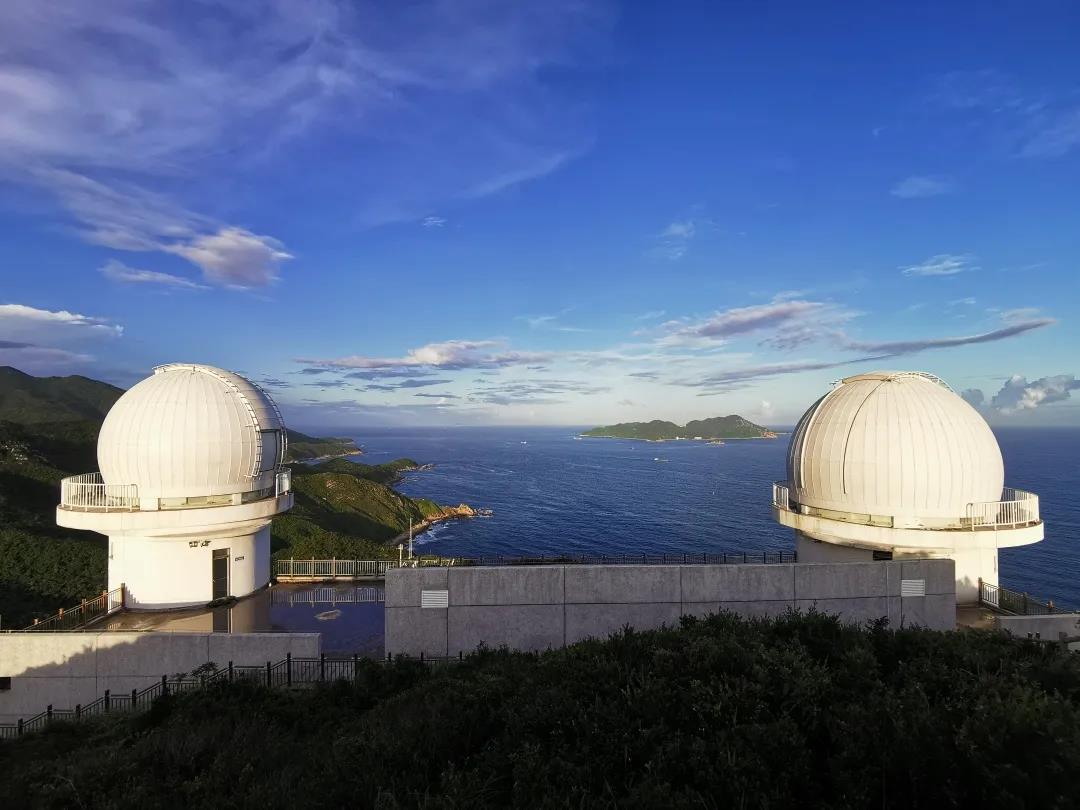
On November 30th, 2009, Xiyong Observatory, one of the top ten livelihood projects in the 30th anniversary of the establishment of Shenzhen Special Economic Zone, was completed and put into use.
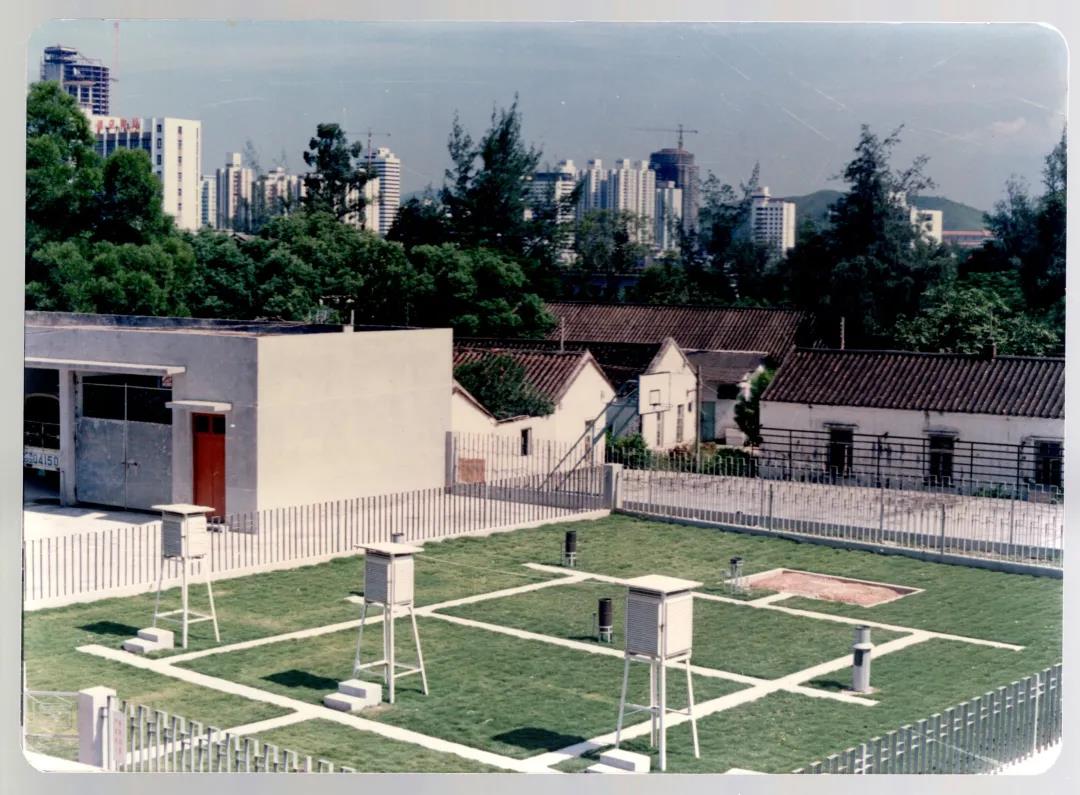
In June 1987, a corner of the observation field and garage of Shenzhen Meteorological Observatory.
From the three louver boxes at the beginning of the station to the modern meteorological monitoring system with more and more "magic weapons", a network fully senses the weather changes; From early rough recording and manual collection to real-time sharing of weather and climate integrated intelligent platform with data as the main line, including automatic weather tracking, grading tips, human-computer interaction, rapid production and climate prediction and evaluation, intelligent meteorology is deeply integrated into the city; From "shouting wheat" in the streets, to one-click release of emergency warning information covering 12 categories and 33 distribution channels of traditional media and new media, the public coverage of early warning information has increased to 100%. Over the years, Shenzhen meteorological industry has adhered to quality leadership and innovation drive, and made great achievements in meteorological modernization.
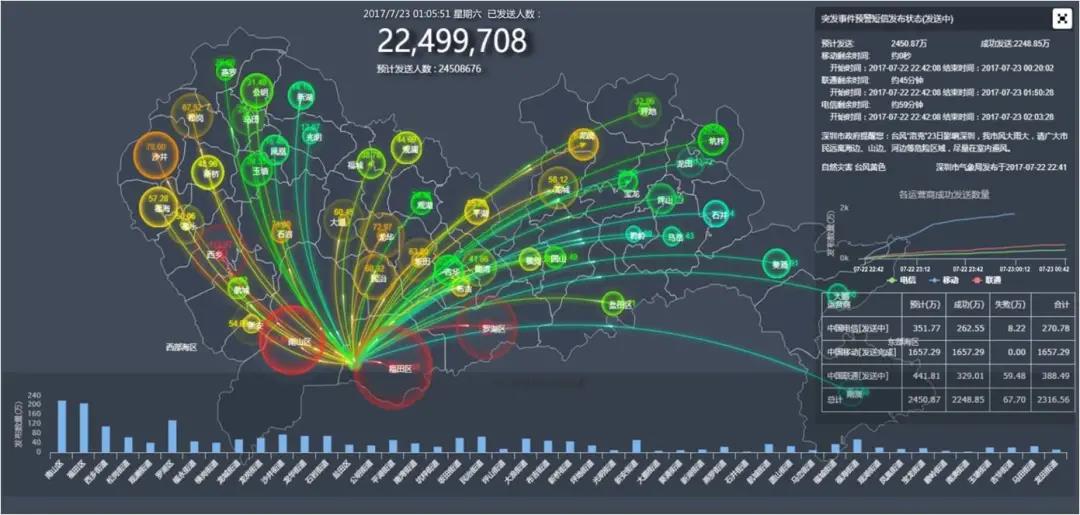
Shenzhen Emergency Warning Information Release System
In order to let the people enjoy better service, it is necessary to further refine the forecast level. In order to solve the key technical problems of forecasting, Guangdong-Hong Kong-Macao Greater Bay Area Meteorological Monitoring, Early Warning and Forecasting Center was established in due course. Shenzhen can be said to be the place with the densest radar and the densest automatic stations in China. However, the more data, the more difficult it is to process after entering the mode. "In the huge system of numerical forecasting, data assimilation is the most difficult bone. The goal of Guangdong-Hong Kong-Macao Greater Bay Area Meteorological Monitoring and Early Warning Center is very clear, that is, to come up with the best data assimilation system in numerical forecasting." Mao Xia, deputy director of Shenzhen Meteorological Bureau, said.
The Outline of Guangdong-Hong Kong-Macao Greater Bay Area Development Plan puts forward that we should make full use of modern information technology to realize the intelligent management of urban agglomerations; It is necessary to build an efficient and scientific meteorological disaster prevention and control system, improve the ability of the whole society to prevent and control natural disasters, and ensure the construction of smart urban agglomerations in Greater Bay Area. The construction of Guangdong-Hong Kong-Macao Greater Bay Area Meteorological Data Center will provide better meteorological support services for the joint defense of meteorological disasters, road traffic, sea routes and air travel of Greater Bay Area world-class urban agglomerations.
"We have been climbing the hill." Wang Yanqing, director of the Shenzhen Meteorological Bureau, said that the fundamental purpose of smart weather service smart city construction is not to make the city "tall", but to make technology truly serve the general public, serve the high-quality development of the city, make urban governance more refined, and make people’s lives better.
(Source: Shenzhen Meteorological Bureau Editor: Zhang Linyi)